originally posted at https://canmom.tumblr.com/post/713912...
Hi everyone! Welcome back to Animation Night! Tonight I’m running late as ever, but I have a curiosity to present to you!

CG in anime is generally speaking a dirty word. Something to be tolerated, or begrudgingly acknowledge it wasn’t bad. Exceptional studios such as Orange (of Houseki no Kuni [AN97], Beastars and most recently Trigun Stampede) may escape the stigma by cleverly integrating 2D layouts, but they’re surrounded by a wasteland of CG (often on Netflix) that is mechanical, awkward and just unappealing.
The style of CG in anime also tends to be designed towards imitating, or integrating with, traditional animation. Cel-shading is the order of the day, established all the way back in GitS:SAC with its tachikomas and helicopters. And generally speaking, that’s a good approach! When it’s not followed, as in the case of Psycho-Pass season 3, the results often look very jarring.
But there are exceptions to every rule!
We covered one of them back on Animation Night 85, with the bizarre Square-Enix project Final Fantasy: Spirits Within, which tried to apply the then-very new technique of motion capture to create something like a movie-length videogame cutscene. And this is the start of another strain of Japanese animation (perhaps not anime! depending on whether you define anime in a geographical or technical way) - the feature-length CG animated film.
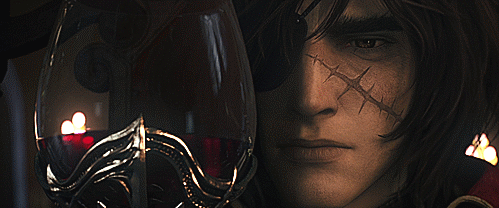
Let’s start with Shinji Aramaki, who has spent decades trying to bring anime fans around to the idea of CGI. Aramaki got his start back in the 80s, doing mechanical design on OVAs like Megazone 23 and Bubblegum Crisis. He debuted as a director with Metal Skin Panic MADOX-01 (1987), and in 1989, he became the third director of the constantly-reinventing-itself Megazone 23, following on from Ishiguro and Hirano (AN103) on Part I, and Itano and Umetsu on Part II. So, an old hand at the past way of doing things.
In the 2000s, Aramaki returned to direction jumped on CGI, directing early CG animated films such as Appleseed (2004) in cel-shaded style, following Gainax in adapting the dense Masamune Shirow manga, and its sequel Appleseed Ex Machina in 2007 which started moving the stylisation away from cel-shading. In this time, full-CG movies were still very new; Final Fantasy VII: Advent Children dropped only in 2005. Aramaki continued to drill into full-CG with a mecha series Viper’s Creed and a Starship Troopers sequel film. From that you can probably get a sense of his taste: he likes mecha!
The results received mixed reviews, as often about the technology as the movies themselves. The first Appleseed inspired Toshio Suzkui of Studio Ghibli to declare it would revolutionise animation, which doesn’t seem to have been entirely borne out.

Still, when Toei decided to do a new CG adaptation of Leiji Matsumoto’s renowned Space Pirate Captain Harlock (Animation Night 146), famously first taken on by Rintaro, I suppose Aramaki must have seemed a natural choice. If Appleseed had been made on the cheap, Harlock was the opposite, costing 3 billion yen as the most expensive Japanese CG film (and maybe animated film?) evaaaa, surpassing CG-heavy megaprojects like Eva 3.0+1.0, Otomo’s Steamboy and In This Corner of the World. Toei clearly had big ambitions for the return of Harlock.
So. The style of this Harlock resembles more closely videogame cutscenes, or the films of Square Enix’s Visual Works, than Aramaki’s past films: realistic materials and lighting, only mildly stylised character designs. In contrast to the ‘aliens everywhere’ maximalism of the original Leijiverse, this film puts a more antiheroic Harlock in conflict with a human government, in the context of space colonists attempting to resettle Earth and fighting a big old war over it. Which isn’t to say there’s a shortage of alien superweapons, dark matter, and plans to reset the entire universe. It sounds pretty wild.
Following Harlock, Aramaki would continue to direct CG, including a cool take on an Eva launching for a short film for the Animator Expo, and then perhaps his most infamous creation: a sequel to GitS SAC, in SAC 2045, which brought in a plasticy CG style in place of the beloved traditional animation that proved… divisive at best. But this didn’t stop him; his most recent work is a Blade Runner TV series, titled Black Lotus.

Alongside that, he continued to work on adapting Appleseed, rebooting the story yet again with Appleseed α in 2014 with CG studio Sola Digital Arts - indeed, Sola is pretty much Aramaki’s studio, with almost all of their works directed by him.
Shirow’s series, a predecessor to Ghost in the Shell, deserves a better introduction than I can write tonight - but it’s the territory you’d expect: post-apocalyptic cyborgs in a bleak world. Far more than the others, α - which is something of a prequel, telling how the main characters came to the city where the story is set - was highly praised for its exceptionally detailed animation and mocap, though not so much its plot.
I admit, I’m taking a big chance on both these films. Neither managed to make much impact on release, but I’m definitely curious to see this anime that isn’t 'anime’. (My original plan was to make this a story about a specific CG studio, but I decided it would be better to put the Final Fantasy films side by side on a night when I can write a proper history of FinFan!)
Animation Night 152 is going live now at twitch.tv/canmom. I’d love to see you there!
Now to comment a little more substantially from the vantage of 1. having seen the movies and 2. not being pressed to jot something down in a couple of hours before we go live lol.
The most striking thing about both these films of Aramaki is how much they felt like videogame cutscenes. What’s remarkable is that they felt like cutscenes from two very different types of videogame.
Harlock felt very much like a JRPG, especially a Final Fantasy. Its visual language pulled heavily from Star Wars, with a reasonable dash of videogame concept art but in terms of how its characters acted, the plans they advanced, the particularly flavour of the melodramatic turns of the plot, it felt overwhelmingly like it would fit somewhere in the FF7-13 period.
It was definitely a pretty stupid movie, but it stayed on the fun side of stupid. Just delightful sci-fi spectacle nonsense as the Arcadia flew around blasting lasers everywhere and blowing up hundreds of spaceships, just about everything turned out to be a hologram, and planet-sized superweapons were pulled out of nowhere. Harlock managed to become even more chuuni with a backstory about how he became immortal after he destroyed the whole Earth by accident and that’s why he’s so mysterious and brooding.
As an adaptation of the Leijiverse… well, some of the designs, like Harlock himself, were spot-on. The alien girl fulfilled the quota of Leiji Matsumoto 'very long woman’, but the more realist style meant there were very few gnomes with tiny eyes running around, more’s the pity. The Arcadia was delightful, but the other ships in the movie tended to fall into the 'greebled block’ design pattern - although the superweapons were pretty damn sick.
One of the funniest designs was Kei. If this is a game, it feels like one that’s been modded with hair and titty mods specifically for her.

Looking at her design now, I can see signs of Matsumoto’s design sensibility. Of course, she gets a gratuitous shower scene and has to be rescued multiple times despite her acrobatic martial arts. I think you could guess all that from glancing at her.
Curiously, for a film about Harlock, it didn’t focus on the man himself so much as his successor character, Yama, who joins the crew on behalf of his evil brother and switches allegiances multiple times. There’s some of that Harlock ’???? sentimality’ (to quote @schizsune) with a love triangle that ends in Yama’s brother turning off his crush’s life support while she tells him she loved him all along, not his brother. And of course, plenty of delicious shots of machinery and pipes.
By contrast, Appleseed Alpha felt like a Metal Gear knockoff. Sadly nobody gave a speech about memes or American imperialism, but the design of the MGRR-esque cyborg characters (so concept-art core), and of course the major setpiece was a giant robot superweapon. The villain’s speech about how war is good actually definitely is subpar as Metal Gear villain speeches go, but its delivery hit the vibe exactly.
Visually, it managed an impressive feat of feeling just like an in-engine cutscene in a videogame. I think it’s a combo of the detailed, mocapped characters in somewhat lower-res environments, not to mention quite noticeable 3D-scanned objects, and of course all the military tech fetishism. Most of the film’s beats felt like videogame plots as well - you could see, this is where you’d be following an objective marker, and here’s a staged boss fight.
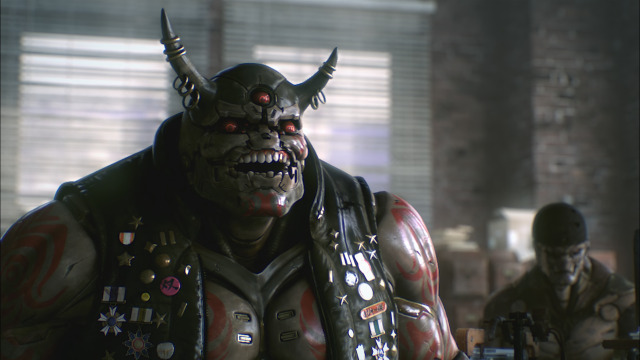
The animators seemed absolutely in love with an original (non-manga) character for this movie, cyborg gang leader Two Horns, who moves from being a secondary antagonist to almost a deuteragonist after shrugging off a whole series of deaths. Robot muscles are absolutely everywhere. Of course there’s a sexy ninja girl one with an exposed robo-ribcage, who gets mechaguro’d. (So, to be fair, does the main villain.)
Animation wise, certain shots gave the surprising feeling of being animated on 2s. Framing back through them, it turns out they were not animated on 2s - but the feeling of it came from the lack of motion blur and heavily emphasised held poses, which I thought was interesting. Here for example is a robot running:
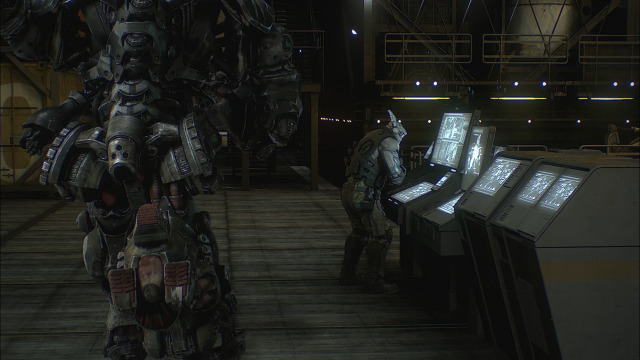

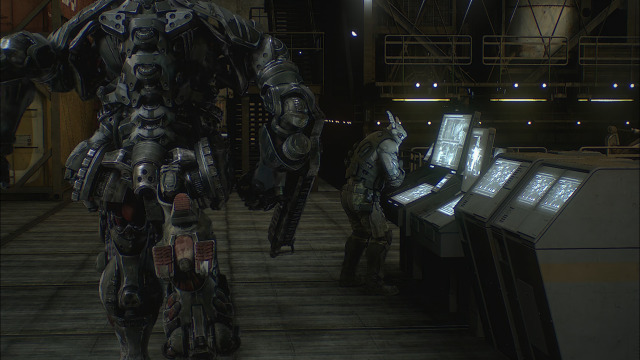
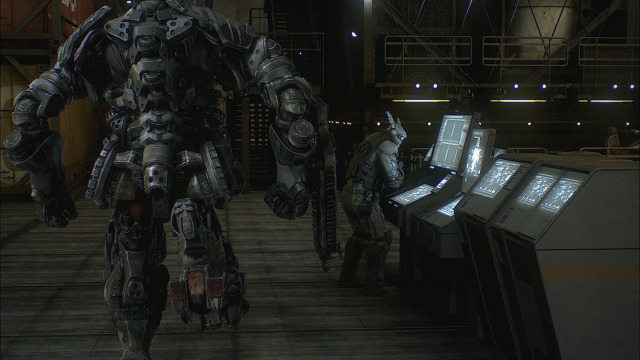
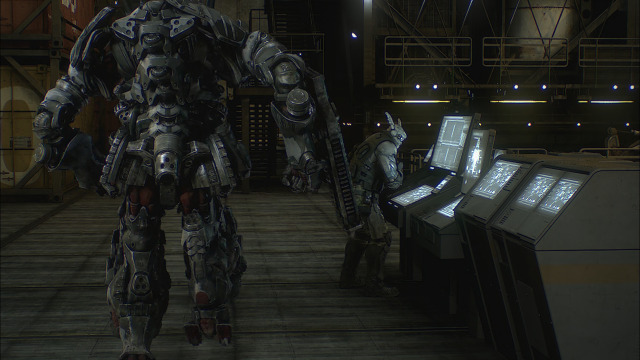
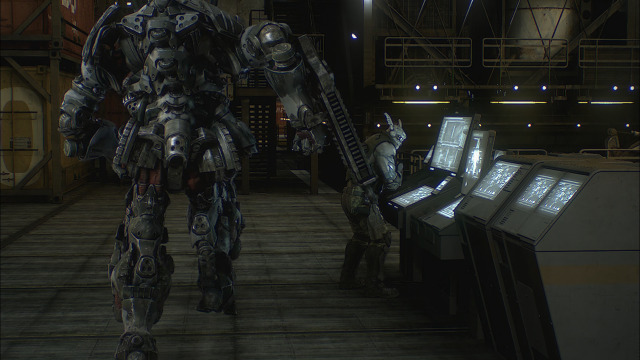
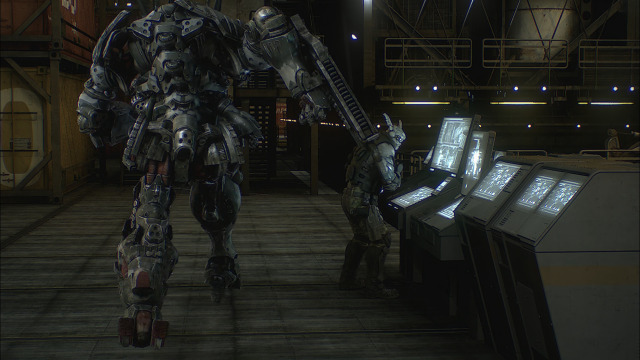
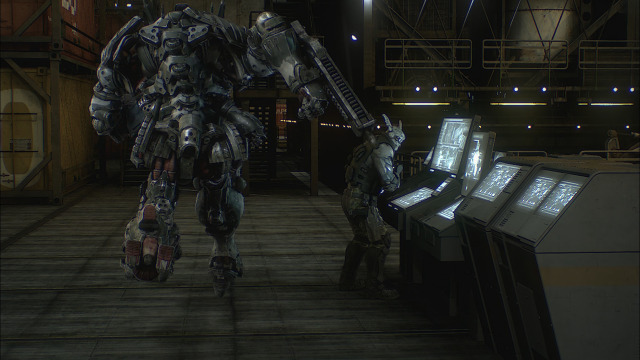

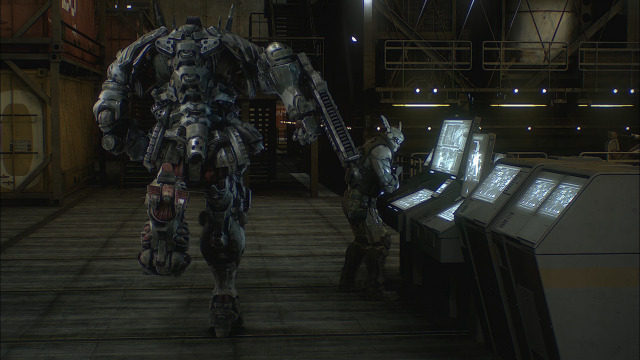
(inline imagesets! maybe there’s something to this CPU-hog of a new post editor)
The major silhouette changes happen over just a couple of frames, while near-held poses last for a lot more frames. In this way, the timing creates almost a stop motion feel. There is also zero motion blur on the robot here, in contrast to nearly every other scene. They’ve emphasised clarity here, to avoid the robot disappearing into a blur of indistinct mechanical shapes.
The design work in this film is definitely cool, although it does feel like a random cross-section of ArtStation got together to make a film. The insubstantial story is pretty much what I expected, although it seems a shame that no adaptation has ever quite managed to capture the feeling of a Shirow manga.
Having seen both of these films (and Another Impact), I think I better understand what led to SAC 2045 being… like that. This was an interesting window, and definitely will have it in mind when the time comes to check out some Final Fantasy movies, which are its closest cousins.
(Also I did not mention above, but the Harlock movie was mainly animated by Marza Animation Planet, formerly Sega’s cutscene department who did the pre-animated cutscenes in Sonic '06. They’re also known for contributing to FFXV Kingsglaive and most recently, joining just about every CG studio out there in working on the recent Sonic movies. So that’s a thing to add to the database of 'random facts about Japanese animation studios’ I have in my head.)
Comments